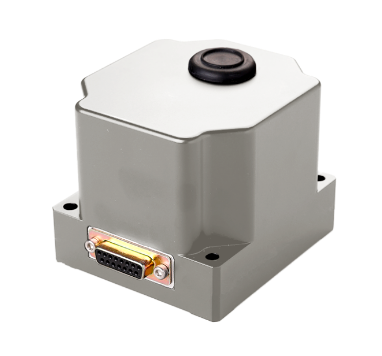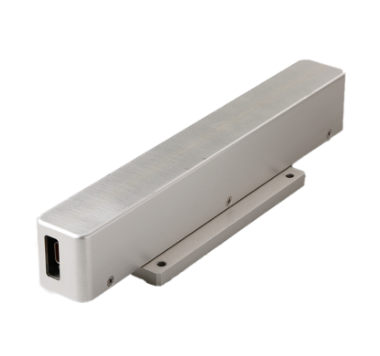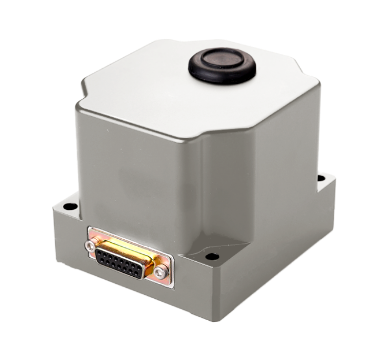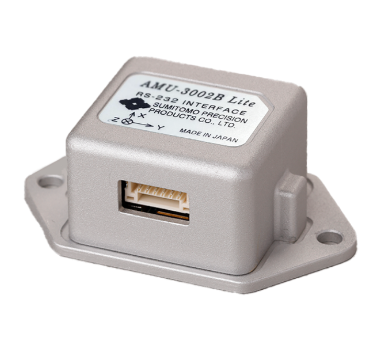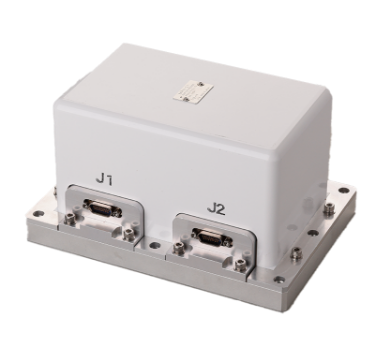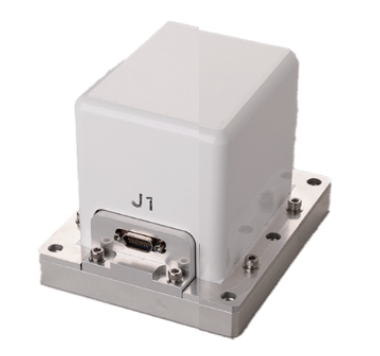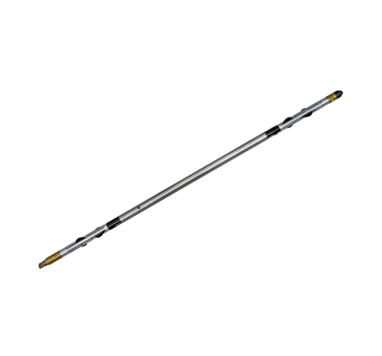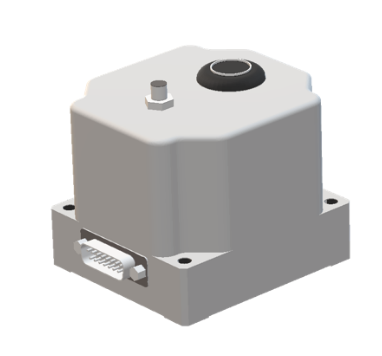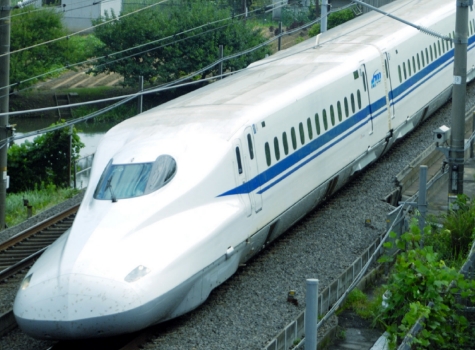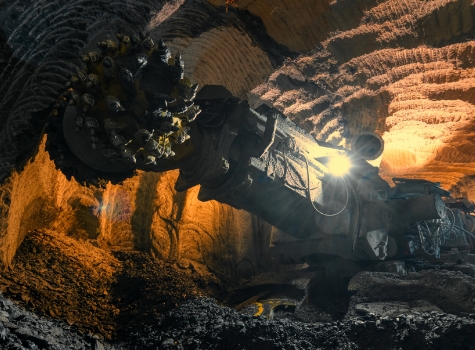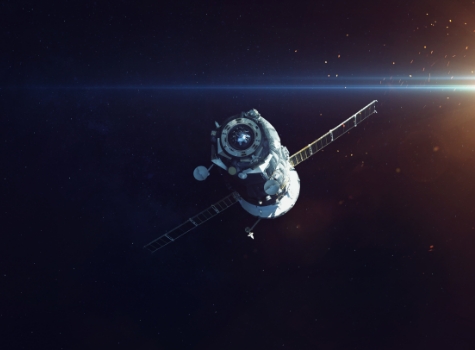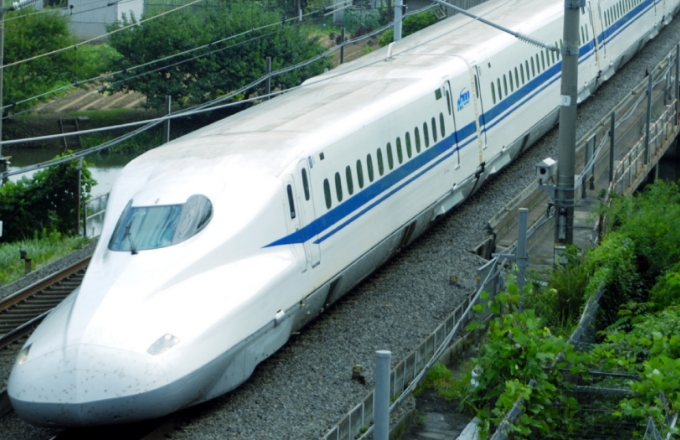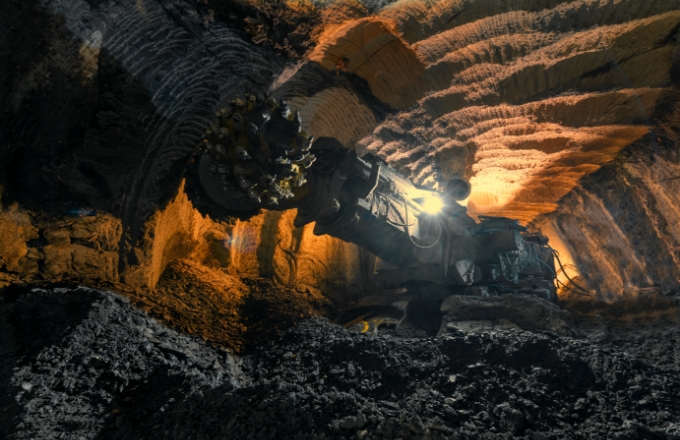The MRN-01
is a product created from changed thinking
- to even realize high precision in space!

Solution
“We want to launch a rocket using Japanese parts.” The development of MRN-01 was started in response to such demands. In order to withstand the harsh environment of space, it is necessary to continue to satisfy demands that are far higher than those for the previous consumer products. Steady efforts to overcome each of the barriers led to the creation of the MRN-01, which is highly precise, durable, and resistant to radiation.
Heading to space with Japanese parts
There is a hope that the domestic development and production of rocket parts will be a catalyst that boosts Japanese industry. One of the projects that started after an approach from JAXA was the joint development of MRN-01. In the past, components used for large satellites and rockets were expensive and were developed specifically for space from the beginning. However, rocket parts now need to be made cheaper, smaller, and more lightweight and competition is intensifying with cheap products from abroad. The improvement in the precision of the technology in the consumer product is expected to be a breakthrough solution. In particular, MEMS technology is constantly leading to improvements in accuracy and resistance to vibration and temperature changes. Against this background, the MRN-01 was jointly developed with JAXA as a product from a Japanese company that uses parts for generally-available products to reduce costs, while also achieving a reduced size and weight and meeting the radiation durability requirements specific to use in space.
Changing our thinking in order to make products that go to space.
Make products for use in space. This was the first time that our company had taken on this challenge. The biggest barrier to success was satisfying the wide variety of criteria necessary for products to exhibit their performance in the unique field of space. For example, what action should be taken for the vibration and impacts when a rocket is launched? Through the development of gyros, our company already had knowledge of vibration and shock, and measures against them. However, the levels that must be achieved for use in space were much higher than for conventional use. Figures that could be tolerated in normal everyday use might cause major problems in space. It was necessary for us to fundamentally change our thinking.
First, we proposed a high-precision MEMS gyro sensor, which is used widely in the consumer field as an alternative to the ring laser gyro used in the past. This realized cost reduction. The silicon ring vibrating gyro had the highest precision in the product lineup and was used as a base for repeated further improvement. We used digital correction of the temperature characteristics to provide resistance to the temperature changes, and took measures against vibration by improving the characteristics of the MEMS sensor head. In addition, we built in two units of an IMU (Inertial Measurement Unit) composed of a high-precision MEMS type gyro sensor and a MEMS accelerometer. Even if one unit stops due to the effects of radiation, the other unit maintains its function (redundancy) and is designed to cope with unexpected troubles in space. As we repeated the strict testing, we repeatedly made improvement to steadily satisfy each of the high level demands. As a result of the trial and error, the MRN-01 was completed as a product that maintains more than 10 times the precision of the MEMS gyro sensors in general use, while also withstanding all the unique environmental factors, including the vibration, shock, and radiation.
It was only possible to create this product because of our attitude of thoroughly pursuing solutions to enable the creation of a product that will withstand usage conditions that differ greatly from normal and will continue to operate in the harsh environment of space.
Space expanded the possibilities for the product
MRN-01 was completed after many trials and errors. The expertise gained while creating a product that can be used in the harsh environment of space is also being applied to other products. In addition to being useful for future satellite and rocket development, the technology and knowledge gained through this project have also broadened the range of our company products.


